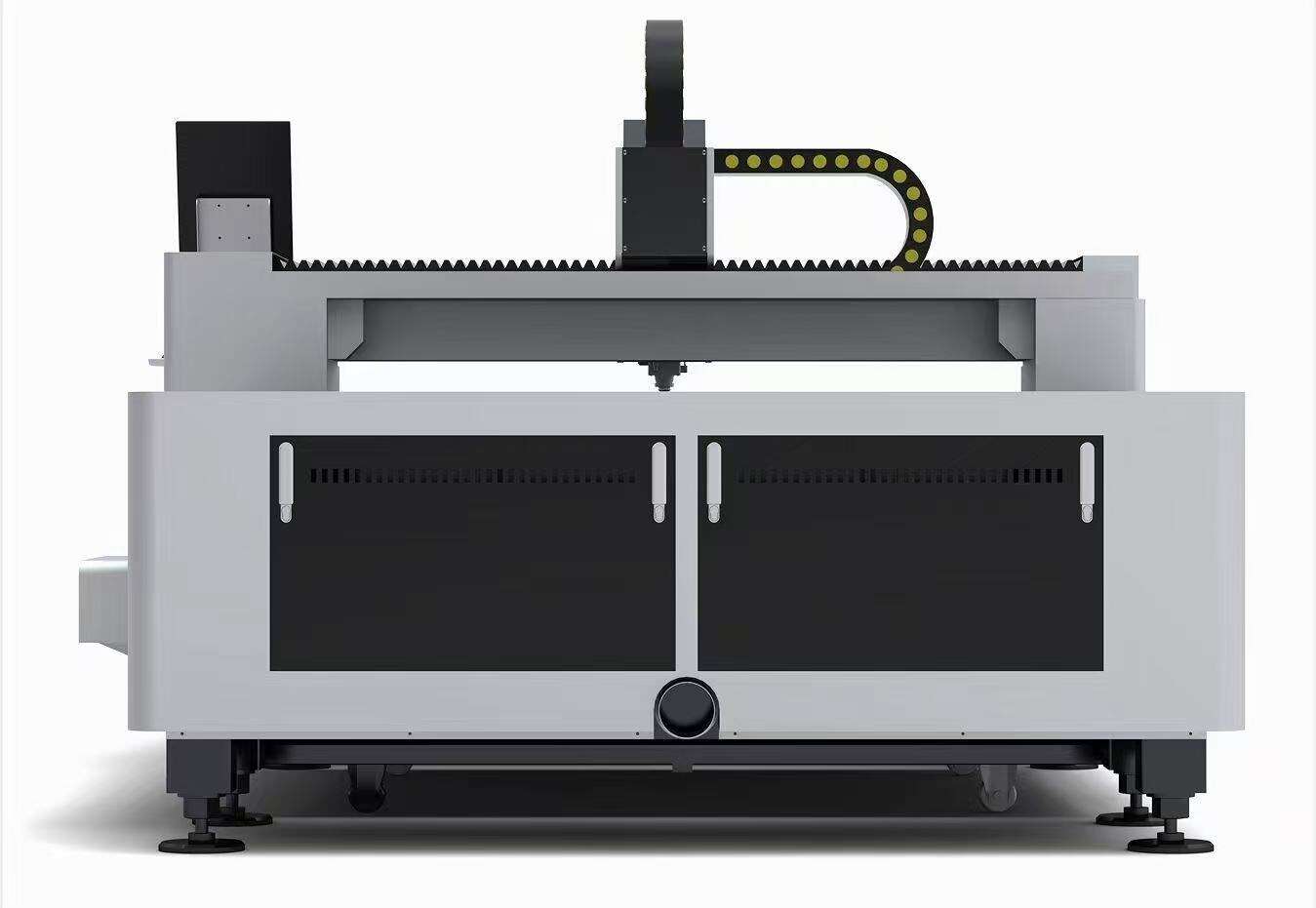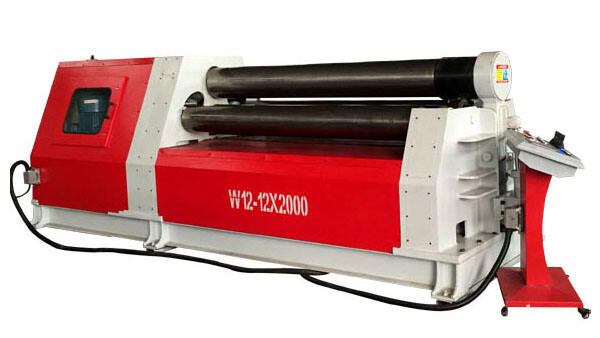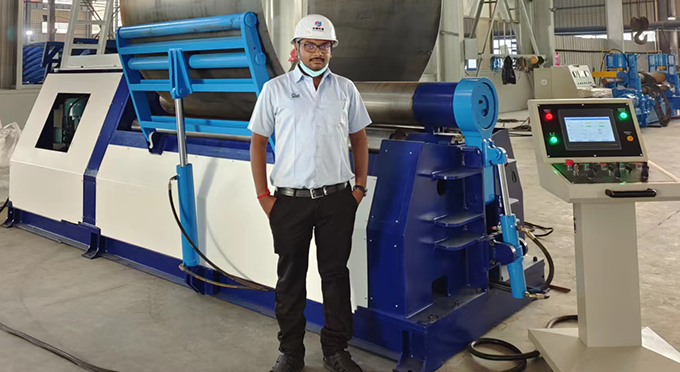Precision Engineering Capabilities of Laser Cutting Machines
Microscopic Tolerance Achievement
Laser cutting machines are renowned for their ability to achieve exceptional precision, with tolerances as tight as ±0.01mm. This level of accuracy is vital for precision engineering in industries like aerospace and medical devices, where even minute errors can have critical consequences. Utilizing computer numerical control (CNC) technology enhances the precision of fiber laser cutting machines, allowing for the creation of complex designs that are difficult to replicate using traditional methods. It's observed that projects demanding high accuracy benefit significantly from laser cutting, as conventional methods struggle to meet such stringent specifications.
The precision facilitated by CNC automation enables laser cutters to produce intricate patterns consistently, ensuring each piece adheres to exact design specifications. This capability is particularly beneficial in industries where the slightest deviation can affect product performance or safety, such as in high-tech medical equipment or aerospace components. Statistics corroborate that laser cutting technology significantly outperforms traditional cutting methods in terms of accuracy and repeatability, adding immense value to projects with demanding specifications.
Clean Edge Quality Without Secondary Processing
The edge quality produced by laser cutting is another hallmark of its precision engineering capabilities. Laser cutting creates clean, burr-free edges with minimal kerf, reducing the need for secondary processing. This efficiency translates to decreased production times and cost savings, as components are often ready for assembly or subsequent processing without needing additional finishing work. The inherent quality of laser-cut edges minimizes post-cutting cleaning, making them immediately usable in various applications.
Research highlights the advantage of cleaner edges in reducing defects and failures, particularly in high-stress applications. Laser technology not only eliminates the need for secondary processing but also enhances the overall integrity of the components produced. By investing in advanced laser cutting machines, manufacturers can ensure their products maintain superior quality and reliability, reducing potential risks associated with poor edge quality. The minimized risk of defects and enhanced component durability reinforce why laser technology continues to be a preferred choice in precision engineering projects across different sectors.
Fiber vs CO2 Laser Cutting Technologies
Fiber Laser Cutting Machines: Speed and Metal Dominance
Fiber laser cutting machines are renowned for their exceptional speed and efficiency, especially when handling reflective metals like stainless steel. The technology's ability to cut materials at rates 3-5 times faster than CO2 systems manifests its dominance in industries where rapid production is vital, such as automotive and manufacturing. By leveraging this speed, manufacturers can meet tight deadlines while maintaining high productivity levels. Market data further corroborates the rising adoption of fiber lasers, highlighting their essential role in enhancing productivity in metalworking applications. This trend underscores the growing preference for fiber laser cutting machines in modern manufacturing.
CO2 Laser Systems: Versatility for Non-Metals
CO2 laser systems stand out for their versatile application range, particularly excelling in cutting non-metal materials such as wood, plastics, and textiles. This adaptability is a significant advantage, allowing these machines to cater to multiple industries with diverse material needs. CO2 lasers are particularly effective in handling various material thicknesses, delivering flexibility for custom applications. Survey results reflect this capability, indicating that businesses frequently employ CO2 lasers for both prototyping and production, showcasing their indispensable role in diverse manufacturing environments. As such, CO2 laser systems remain a preferred choice for projects requiring versatility across non-metal applications.
Economic Advantages Over Traditional Fabrication
Reduced Labor Costs Through CNC Automation
Implementing CNC automation in laser cutting profoundly impacts labor costs, significantly reducing the need for manual intervention. By automating tasks that previously required human labor, companies can see labor expenses decrease by as much as 30%. This reduction is due to the streamlined operations that CNC systems provide, allowing for quick programming and continuous operation without much human oversight. Not only does this save on wages, but it also enhances productivity, enabling businesses to quickly scale production without the corresponding increase in labor costs. The seamless integration of CNC automation makes it an economically viable solution for many manufacturing environments.
Minimized Waste Compared to Hydraulic Press Brake Methods
Transitioning to laser cutting over traditional hydraulic press brake methods significantly minimizes material waste. Studies suggest that these advanced cutting techniques can reduce waste by over 50%. Such precision ensures that the amount of scrap material is minimal, leading to direct cost savings. This is especially crucial when working with expensive or high-value materials, where every saved piece translates into substantial financial benefits. Evidence further supports that adopting laser technology not only curtails material costs but also promotes more sustainable manufacturing practices, establishing a long-term economic advantage over traditional methods.
High-Speed Versatility in Industrial Applications
Automotive Component Production Efficiency
Laser cutting technology is revolutionizing the automotive industry by enabling quick and precise production of complex components. Manufacturers rely on laser cutting machines to achieve superior efficiency and precision in component production. The ability to produce parts with intricate designs at high speeds helps manufacturers reduce cycle times and bring new vehicle models to market faster. Studies within the automotive sector reveal that laser cutting machines can enhance throughput by 20% to 30% compared to traditional methods. By leveraging these advanced machines, automotive manufacturing processes achieve unparalleled efficiency and accuracy, leading to cost savings and improved product quality across the board.
Aerospace-Grade Sheet Metal Fabrication
In the aerospace industry, where quality and precision are paramount, laser cutting plays a crucial role in meeting stringent standards. Laser cutting technology ensures that components maintain exacting specifications without compromising strength or weight. This method is invaluable for crafting aerospace-grade sheet metal fabrications that must adhere to complex geometries and tight tolerances. Statistical data supports that laser cutting is the preferred choice for aerospace applications due to its precision and repeatability. This precision reduces the likelihood of errors and rework, thus ensuring that the high demands of modern aircraft designs are consistently met. The aerospace industry benefits significantly from the reliability and adaptability of laser cutting technologies, maintaining high standards in product development and engineering.
Future-Proofing Metal Manufacturing
AI-Driven Process Optimization
The integration of AI into laser cutting processes holds transformative potential for the future of metal manufacturing. By leveraging AI, businesses can access real-time analytics for optimization of cutting parameters, which dramatically reduces operational costs. For instance, AI systems can forecast maintenance requirements, thereby enhancing machine uptime and boosting overall productivity. Current industry trends indicate that companies adopting AI-driven methodologies experience significant advancements in efficiency and output, ultimately positioning them to stay competitive in an ever-evolving manufacturing landscape.
Energy-Efficient Cutting Advancements
Recent advancements in laser cutting technology have prioritized energy efficiency to minimize the carbon footprint of manufacturing processes. These innovations are pivotal as companies aim to balance productivity with sustainable practices. By utilizing energy-efficient laser technology, manufacturers can achieve up to 30% energy savings compared to traditional cutting methods. The heightened efficiency not only reduces operational expenses but is becoming integral to modern metal manufacturing as companies place increasing emphasis on eco-friendly strategies. These developments underline the significance of adopting energy-efficient solutions for a sustainable future in metal fabrication.
Incorporating these advancements in AI and energy-efficiency aligns with the industry's move towards smarter and greener practices, promising a future-proof approach to metal manufacturing.




